Acts of Voicing.
Leipzig, Spector Books in conjuction with Wurttembergischer Kunstverein/Total Museum of Contemporary Art, Seoul. 2014. 17.5 cm x 25 cm. 555 pages. Original Hardcover. (Blue cloth with an embossed illustration in black on front board. Title in black embossed lettering on spine). Very good condition with only minor signs of external wear.
EUR 60,--






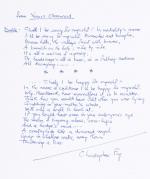

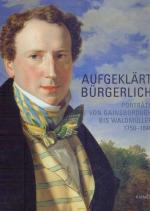
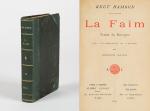
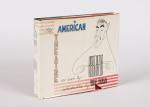

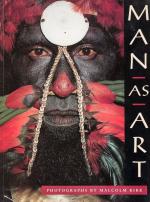
![Le Brocquy, Early set of 18 photographs [contacts] of works by Louis le Brocquy](/images/thumbnails/28870AB.jpg)






